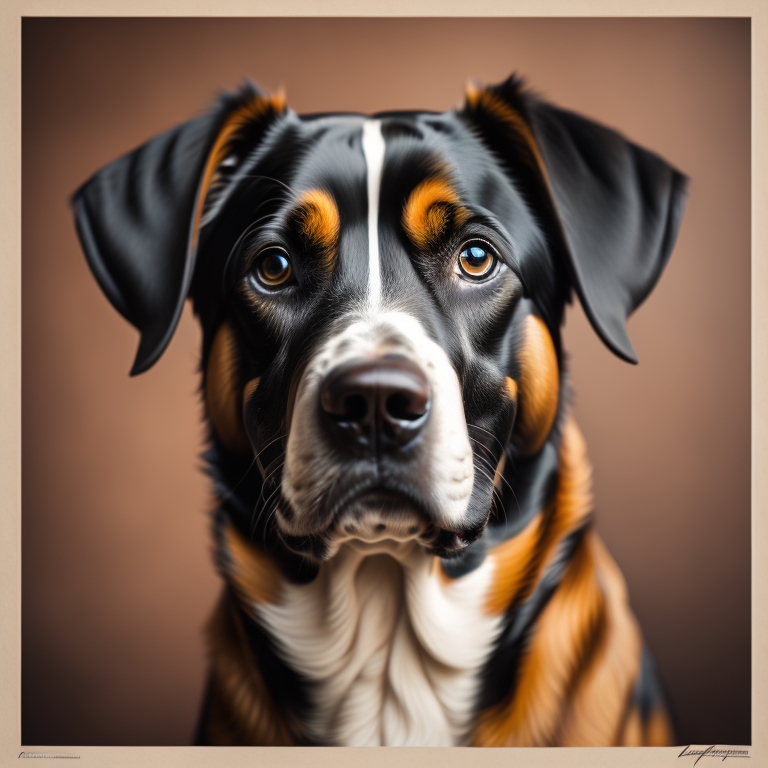 |
| Dog |
How to Stop Your Dog from Pulling Hair Out of Its Tail: A Comprehensive Guide
If you've noticed your dog obsessively pulling hair out of its tail, it can be a cause for concern. Tail-chasing or excessive grooming can lead to various issues, from skin irritation to potential injuries. In this guide, we'll explore the potential reasons behind this behavior and provide practical tips on how to stop your dog from pulling hair out of its tail.
Understanding the Root Causes
1. Medical Issues:
- Fleas or Parasites: Check for signs of fleas or other parasites that might be causing discomfort.
- Skin Infections: Infections can lead to itching and may prompt your dog to chew or pull at their tail.
- Allergies: Allergic reactions to food, environmental factors, or even certain grooming products can contribute to this behavior.
2. Behavioral Causes:
- Boredom or Anxiety: Dogs may engage in tail-chasing or excessive grooming as a way to cope with stress or boredom.
- Compulsive Disorders: Some dogs develop compulsive behaviors, and tail-chasing can be a manifestation of these disorders.
Steps to Stop Tail-Pulling Behavior
1. Consult with a Veterinarian:
- Schedule a visit to the vet to rule out any underlying medical issues. They can perform a thorough examination and recommend appropriate tests if necessary.
2. Maintain Proper Hygiene:
- Regular grooming helps keep your dog's coat clean and reduces the risk of skin infections. Ensure that the tail area is dry and free from mats.
3. Check for External Parasites:
- Regularly inspect your dog for fleas, ticks, or other external parasites. Use vet-approved flea prevention products if needed.
4. Address Allergies:
- If allergies are suspected, work with your vet to identify and eliminate potential allergens. This may involve changes in diet or environmental modifications.
5. Provide Mental and Physical Stimulation:
- Engage your dog in mentally stimulating activities, such as puzzle toys, to alleviate boredom. Regular exercise can also help reduce anxiety and excess energy.
6. Use Deterrents:
- Apply safe and vet-approved bitter-tasting sprays or deterrents on the tail area to discourage your dog from chewing or pulling at the hair.
7. Introduce Interactive Toys:
- Offer toys that provide both mental and physical stimulation. Toys that dispense treats or require problem-solving can be particularly effective.
8. Establish a Routine:
- Dogs thrive on routine. Establish a consistent daily schedule for feeding, walks, and playtime to provide structure and reduce anxiety.
9. Consider Professional Training:
- If the behavior persists, consult with a professional dog trainer or behaviorist. They can assess the situation and provide tailored strategies to address the underlying issues.
Real-Life Success Stories
To inspire confidence, share real-life success stories from dog owners who successfully addressed tail-pulling behavior:
Bella's Journey to Recovery:
- Bella's owner recounts the steps taken to identify and treat an underlying skin infection, leading to a complete cessation of tail-pulling.
Breaking the Cycle with Milo:
- Milo's compulsive tail-chasing behavior was successfully addressed through a combination of behavioral therapy and environmental enrichment.
Conclusion
Stopping your dog from pulling hair out of its tail requires a combination of vigilance, proper care, and understanding of potential triggers. By addressing both medical and behavioral aspects, you can help your furry friend break the cycle of this behavior and lead a healthier, happier life. Always seek professional advice when needed and be patient as you work towards providing the best possible care for your canine companion.

